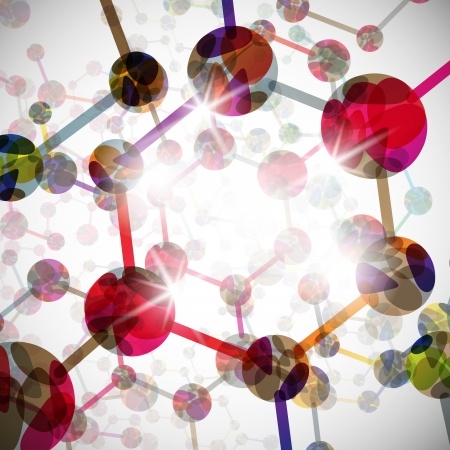Human presence seen in Arctic plant life; human organs grown in pigs; solar wind carries oxygen to moon; CO2 could shut down major ocean current; Doomsday Clock closest to midnight in 64 years; Curiosity rover prepared to test for signs of martian life; 72 on shortlist prepared by Canadian Space Agency – just a few of the themes in today’s eclectic collection of SciNews. Share these stories with your students and get them excited about science.
SciNews is published twice weekly. Stay tuned for more.
 Biology
Biology
Arctic Labrador plant life echoes long human presence. Globe and Mail
How much of Canada’s Arctic biodiversity is the work of nature and how much is the result of human activity? Read more…
Scientists take first steps to growing human organs in pigs. Globe and Mail
Scientists have grown human cells inside pig embryos, a very early step toward the goal of growing livers and other human organs in animals to transplant into people. Read more…
Chemistry

Earth sends oxygen to the moon and may have for billions of years. CBC
A new study suggests that each month oxygen from Earth travels along the solar wind, eventually reaching the lunar surface. Read more…
Climate change could stall Atlantic ocean current. Science News
Rising concentrations of carbon dioxide — or CO2 — in the atmosphere tend to boost temperatures at Earth’s surface. But CO2 increases could eventually shut down the flow of a major ocean current, a new climate study concludes. Read more…
Physics
Scientists move ‘Doomsday Clock’ time to closest to midnight in 64 years. Globe and Mail.
Atomic scientists reset their symbolic “Doomsday Clock” to its closest time to midnight in 64 years on Thursday, saying the world was closer to catastrophe due to threats such as nuclear weapons, climate change and Donald Trump’s election as U.S. president. Read more…
Earth and Space Science
Mars rover steps up hunt for molecular signs of life. Science Mag
The controllers of NASA’s Curiosity rover have waited patiently—and perhaps for too long—to launch a key experiment. Tucked in the rover’s belly are nine stainless steel thimbles, each filled with solvent, that are the mission’s best shot for detecting signs of ancient martian life. Read more…
Canadian Space Agency narrows astronaut candidates down to 72. CBC
A military fighter pilot, a navigation engineer for NASA, and a doctor specializing in brain and spinal injuries are among the candidates shortlisted by the Canadian Space Agency to join the country’s team of astronauts. Read more…



